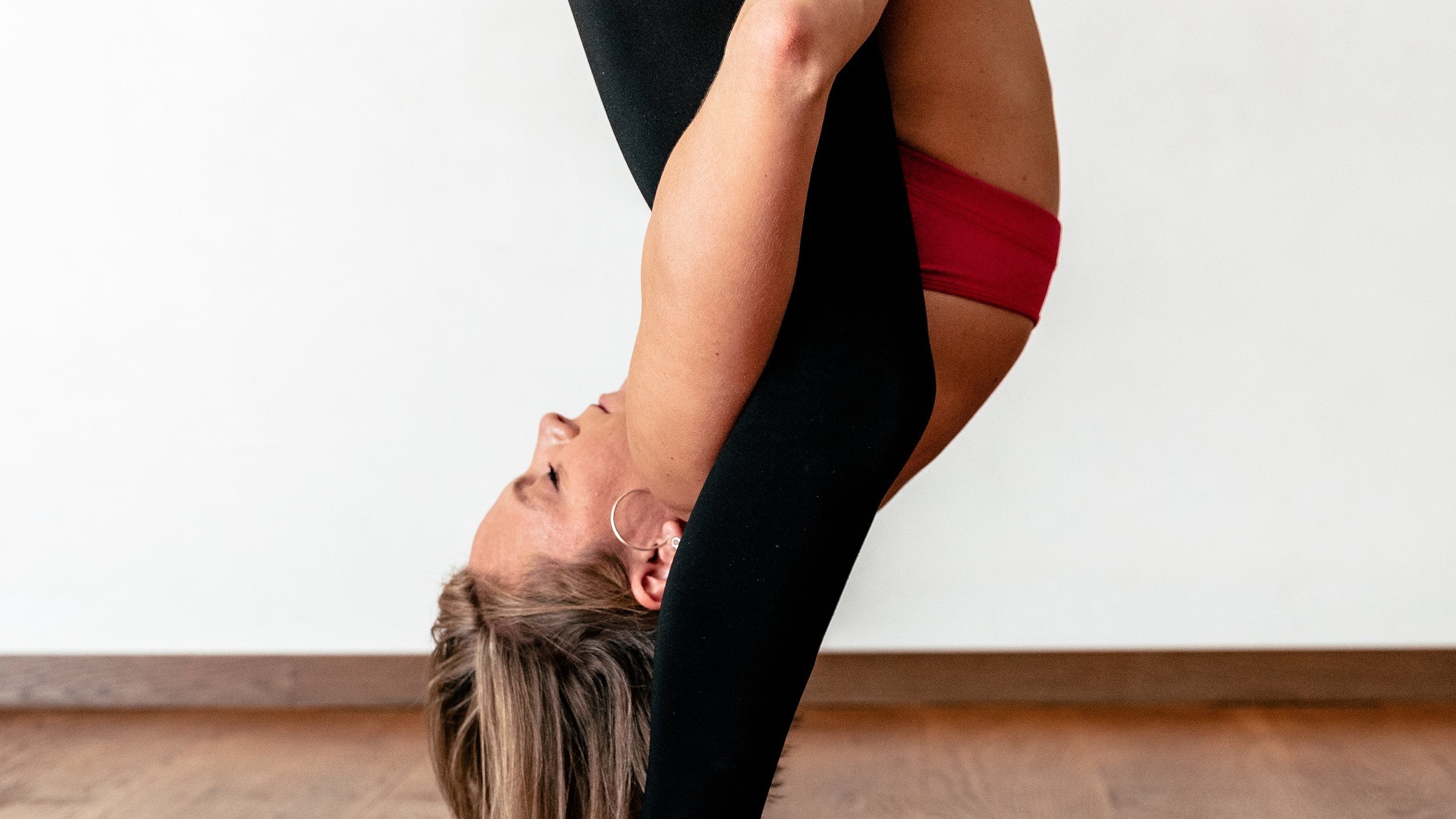4 tips to help when Ashtanga Yoga Second Series makes you feel crazy
4 tips to help when Ashtanga Yoga Second Series makes you feel crazy
Q: I recently started practicing second series. How do I cope with intense feelings of agitation and high energy that are coming up?
A: Practice can get intense at this stage. Different people react to it in different ways. For some, it becomes physically exhausting, for others intense feelings like anger or sadness come up. Some students report trouble sleeping or changes to appetite.
To answer why this happens it’s helpful to consider the purpose of each series of Ashtanga yoga. The primary series is known as Yoga Chikitsa or yoga therapy and is designed to work on the level of the physical body.
It detoxifies and improves the body’s internal functioning while strengthening and improving the flexibility of the musculoskeletal system. When practiced consistently over a long period of time it creates a strong mental and physical foundation. The second series is called Nadi Shodhana, or nerve cleansing. Practising the second series opens up the nadis or nerve channels within the subtle body and allows prana to circulate freely. The series can be divided into three parts: back bending; leg behind the head postures; and arm balances.
A lifetime of experiences is stored in our consciousness and physical body. In yoga philosophy, mental imprints are known as samskaras and they lead to the manifestation of karma. Traumatic events get physically stuck in our physical body and influence how we move and carry ourselves. During practice, these physical blockages start to shift and this leads to the release of samskaras. At times, as different emotions present themselves and this can feel quite unpleasant.
The good news is the intense feelings pass and eventually give way to a greater sense of self-knowledge and equanimity.
Many practitioners start to experience these shifts when they begin working on deep backbends. For others, leg behind the head postures can be intense. We have to work through these sensations, feelings, and emotions to come out stronger on the other side. There are however a few things we can do to make the journey a little easier.
1. Build a strong foundation
You can think of the primary series, particularly surya namaskar and the standing postures as the foundations of a building. They must be strong and well-established to make the structure stable. It doesn’t mean you need to complete the primary series perfectly but you should be able to perform the asanas, whilst maintaining a steady breath, gaze, and good energy levels. You can work with your teacher to determine when you’re ready to start learning the second series of ashtanga yoga.
2. Don’t rush your finishing postures
The finishing postures are designed to pacify the nervous system. Shoulder stand and headstand have many therapeutic benefits, and it’s important not to rush them, even when thoughts of breakfast start to creep in. If you have a particularly intense practice, take even longer over these postures, do alternate nostril breathing, and allow yourself a long rest. You’ll feel the benefit both energetically and emotionally throughout the day.
3. Take your time
Don’t be in a rush to move through the series too quickly. Take your time with each asana, even if it feels easy physically, stay with your breath, and give it time to settle in. This will help build strength and ensure you don’t get burnt out
4 Remember it’s just a phase
No matter what feelings arise, they will pass. Sit with them when you can, and focus on your breath. Give yourself permission to take it easy when you need to. Remember at some point the discomfort will shift, giving way to a greater sense of peace and equanimity.
26 APRIL 2020


